William Powell Frith (1819–1909) was a master at playing to the gallery – and also painting it. His Private View at the Royal Academy, 1881 (1881–83) is the last major example of his ambitious and unashamedly populist panoramas of modern life, produced decades before the Impressionists thought of tackling such subjects, and it is the only one to remain in private hands. Now it is for sale for the first time since it was acquired at the RA Summer Exhibition in 1883 for a princely 2,500 guineas. The centrepiece of the inaugural display at Martin Beisly’s new gallery on Ryder Street in St James’s, it returns to the market after 136 years bearing a price tag in the millions.
Unlike the multi-figured panoramas of Derby Day, Ramsgate Sands (Life at the Seaside) and The Railway Station, which offered broad, colourful cross-sections of Victorian society, Private View presented instead a kind of who’s who of the great and the good – and the notorious. Its frame even provided a crib so that viewers could identify each of the personalities portrayed, from Prime Minister William Gladstone to Oscar Wilde and Lillie Langtry. There were politicians, poets, prelates, philosophers and philanthropists, jurists, actors and, of course, fellow artists. Their positions in the composition are carefully calculated: as the preliminary sketch reveals, Frith promoted the recently deceased novelist Anthony Trollope to the front on the far left, where Gladstone had originally stood. Frith himself appears in the middle of the crowd, towards the back.
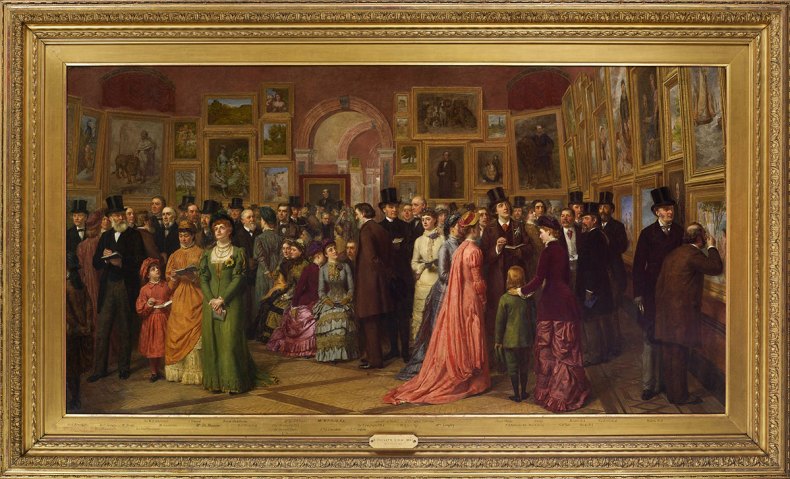
The Private View at the Royal Academy, 1881 (detail; 1881–83), William Powell Frith. Courtesy Martin Beisly Fine Art
Frith understood well how much his audience would enjoy playing ‘spot the celebrity’, and little wonder that this painting – like five of his others before it – should require brass rails and guards to keep the throng of spectators at bay during the public view at the Summer Exhibition. The copper plate and a photogravure taken from it, both on loan for this display, remind us that the artist expected an additional return on his investment of more than two years’ work on the project – from the copyright of the image and subsequent trade in prints.
Yet Frith wanted to do more than offer a view of society at play at the start of the summer social season. Private View is also an elderly, conservative artist’s lampoon of the Aesthetic Movement, with its youthful cult of beauty and sensuality, and what many perceived as its ridiculous dress. The women’s costumes – simpler, looser and more soft-hued women’s costumes here, with their puffed sleeves, unusual head ornaments and occasional sunflower pinned to the breast – are in clear contrast to the hourglass bodices and flounces of conventional fashion. Private View thus plays to a second audience, which would have included Queen Victoria, who had enjoyed similar satires in Frank Burnand’s play The Colonel, George du Maurier’s Punch cartoons and Gilbert and Sullivan’s Patience.
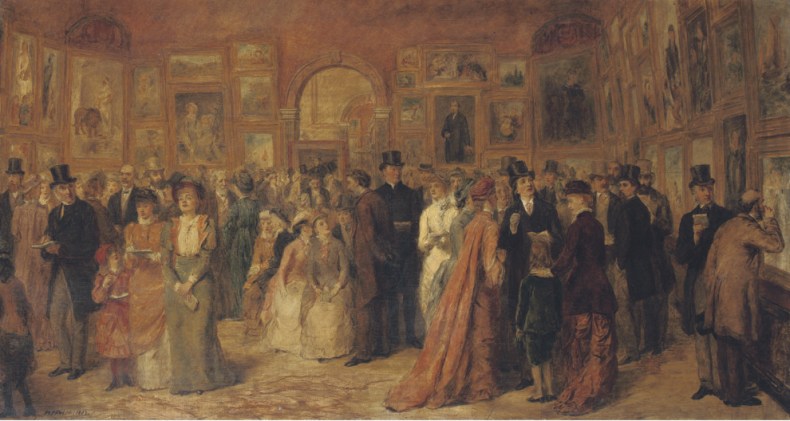
Sketch for The Private View (1882), William Frith Powell. Mercer Art Gallery, Harrogate Museums. Photo: courtesy Christie’s
As Frith explained in his autobiography, he also relished the opportunity to take a swipe at ‘self-elected critics’ – here, of course, the young Wilde, holding forth and surrounded by adoring acolytes. The identification of the flame-haired Swinburne as one of these figures has emerged from new research undertaken by Mark Bills and Rosie Jarvie for an illuminating catalogue accompanying this exhibition. Revealing here, too, are details of the sittings arranged and photographs taken, both of the individuals and gallery depicted, and the discovery that during Wilde’s indecency trial in 1895 Frith sent a letter to the painting’s owner, Alfred Pope, and said he would be willing to paint the writer out. Fortunately for Pope’s descendants – and us – he chose not to take him up on the offer.
Securing Private View for sale is a coup for the Victorian and Pre-Raphaelite specialist Beisly, who spent nearly 30 years at neighbouring Christie’s, and a reminder that not all works of art are best suited to the public auction process. ‘Whoever gets the painting will be quite lucky,’ he says, referring to this once-in-a-lifetime opportunity. This is an obvious museum painting: perhaps just the thing to enliven the narrative and the sombre display in the Victorian rooms at the National Portrait Gallery.
Unlimited access from just $16 every 3 months
Subscribe to get unlimited and exclusive access to the top art stories, interviews and exhibition reviews.

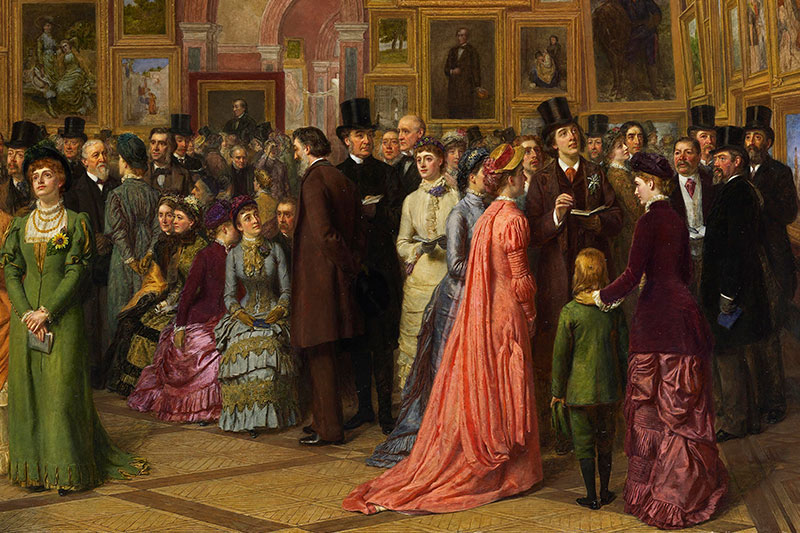
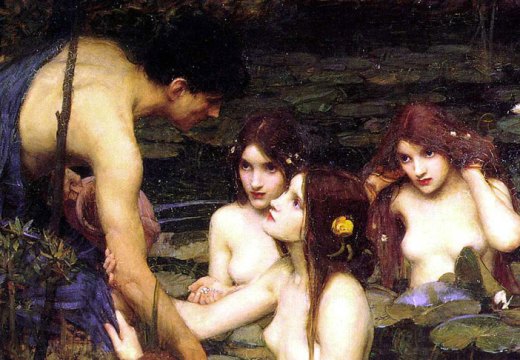
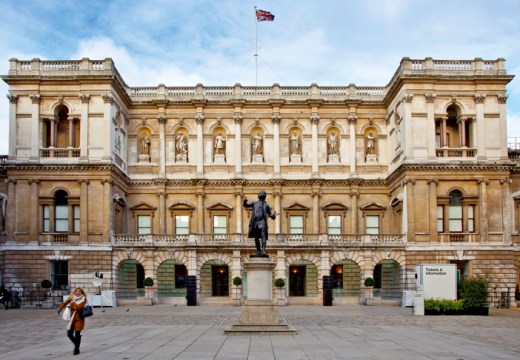
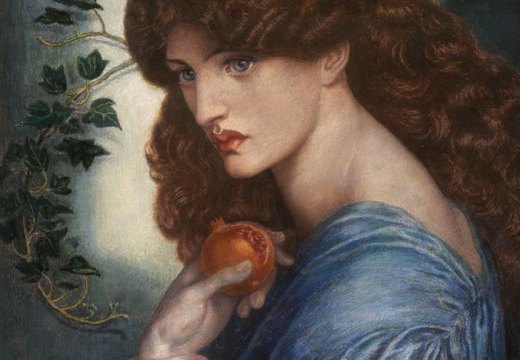









![Masterpiece [Re]discovery 2022. Photo: Ben Fisher Photography, courtesy of Masterpiece London](http://www.apollo-magazine.com/wp-content/uploads/2022/07/MPL2022_4263.jpg)
Why are fathers so absent from art history?